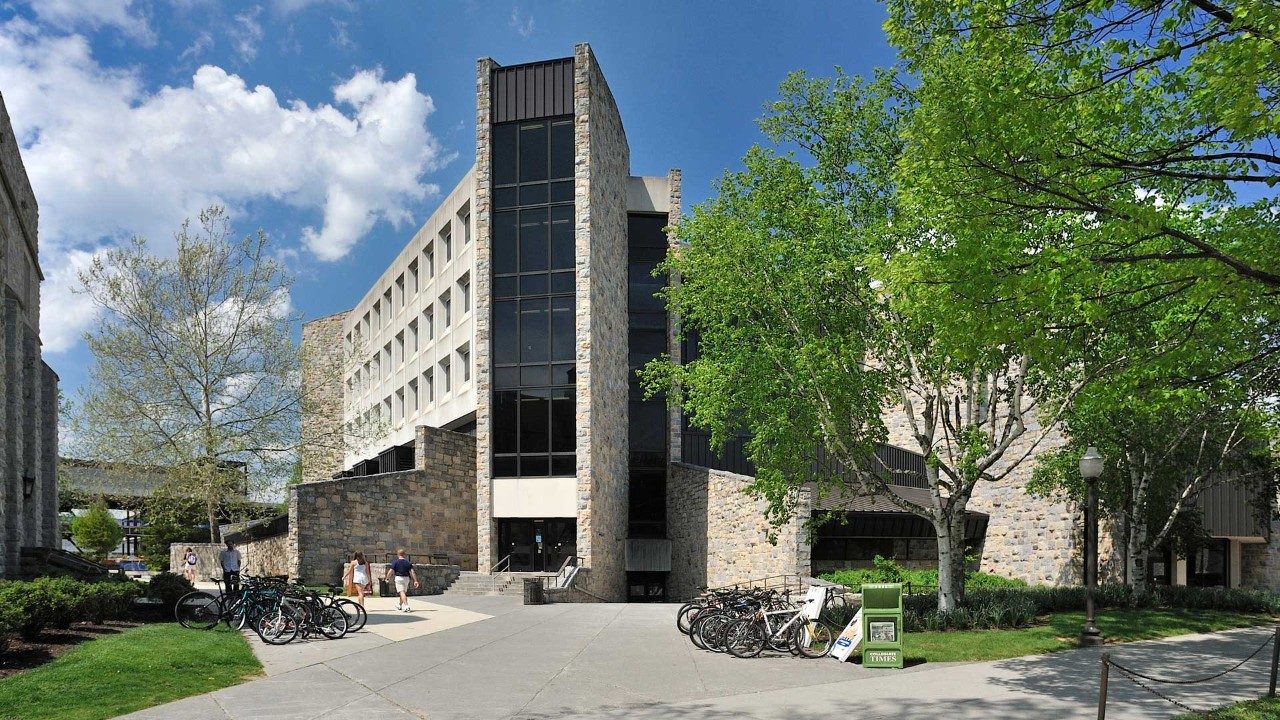Last week, graduate students had the chance to hear directly from a panel of working professors at R2, M1, and M2 institutions about what life looks like on the other side of the PhD via Zoom. Efren Ruiz of the University of Hawaii, Nethali Fernando of UVA, and Konrad Aguilar of Pomona College shared about their career paths, teaching loads, and how they’ve supported students to take on research throughout their journey.
One recurring theme was the nonlinear nature of academic careers. Konrad shared that he did two post-docs before landing a tenure-track position. When asked about the choice to pursue a second post-doc rather than apply for jobs right away, he noted that limited tenure-track options weren’t the only deciding factor. He also had the surprise opportunity to work with a team of colleagues from a previous research experience on a grant which had funding for a post-doc, so Konrad leapt at the opportunity.
For those curious about the realities of working with undergraduates, the panel offered some valuable insight. Not all teaching positions require you to mentor undergraduates in research, as we saw from Efren and Nethali’s experiences. Konrad offered advice on choosing questions for undergrads to explore: the key is to start with something accessible. Konrad often draws projects from specific examples relevant to his broader research interests. That way, the topic is well-scaffolded to spark curiosity, but still has a clear entry point for the novice researcher.
When asked what advice they’d offer to first-year PhD students—especially those not interested in applied or industry-oriented math—the message was encouraging: it’s okay to not have everything figured out. Focus on broadening your foundation and building relationships. Find seminars or reading groups in your area of interest. Know that academia looks very different outside of R1 or other research-intensive universities.
Teaching support varied across institutions. Some panelists described their early teaching experiences as “sink-or-swim,” while others mentioned more structured programs they participated in like Project NExT from the MAA, which provided community and pedagogical development that shaped their growth. The main piece of advice was to get as much teaching experience as possible as a graduate student, because the first year teaching a full course-load as a faculty member can be highly challenging.
Finally, one revealing question touched on how they got their current positions. Did any of them have prior connections to the institutions where they now work? The answers were mixed. Some had contacts through conferences or past collaborations; others applied cold. While a connection can help, strong application materials and a clear sense of fit with the department are the most important.
We hope this provided a reassuring look at academic life, and to see you at our next seminar!

